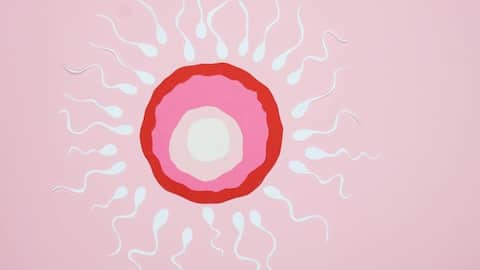Understanding 'heteropaternal superfecundation' in Vicky Kaushal's 'Bad Newz'
What's the story
Vicky Kaushal's upcoming comedy movie, Bad Newz, is creating a buzz with its intriguing trailer that touches upon the rare medical condition known as heteropaternal superfecundation. "Heteropaternal" means different fathers, while "superfecundation" refers to the fertilization of multiple eggs in the same cycle. This phenomenon occurs when two eggs are fertilized by sperm from different men. Let's delve deeper into understanding this unusual condition.
Insights
What is Heteropaternal superfecundation?
Heteropaternal superfecundation occurs when two eggs from one menstrual cycle are fertilized by sperm from different men through separate intercourse instances, resulting in twins with different fathers. In sheep, rams, and cows, females mating with multiple males is common, increasing the chance of offspring from different fathers. However, in humans, this phenomenon is extremely rare, with only a few documented cases globally.
Process
How does this occur?
Sperm cells can survive in the female body for up to five days. An egg remains viable for about two days after ovulation before beginning to disintegrate. Superfecundation can occur within hours or days after the first fertilization of eggs. Additionally, if a woman ovulates again after becoming pregnant, a second pregnancy, known as superfetation, is possible.
Cases
Cases in Brazil and New Jersey
In 2022, a 19-year-old woman in Brazil, as reported by the Daily Mail, gave birth to twins with different fathers, confirmed after a paternity test. In May 2015, a New Jersey court case, covered by the Star-Ledger and The Washington Post, exempted a father from paying child support for one twin based on DNA evidence.
Considerations
Risks in Heteropaternal superfecundation
Children born from heteropaternal superfecundation may face increased risks of type 2 diabetes, hypertension, and pre-term birth. They might also have lower birth weights, requiring careful monitoring of the mother to potentially reduce the need for Caesarian sections. Experts note these children could differ in height and inherit genetic traits from their respective fathers, akin to half-siblings sharing about 25% of their genes.
